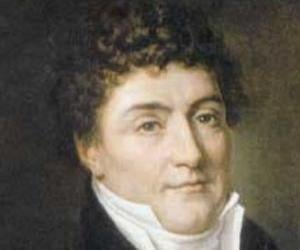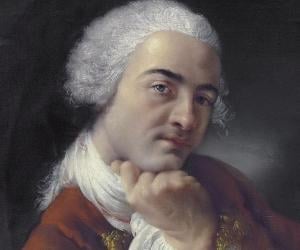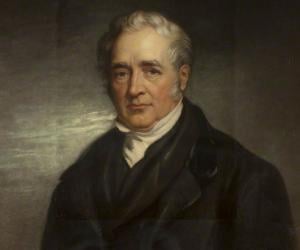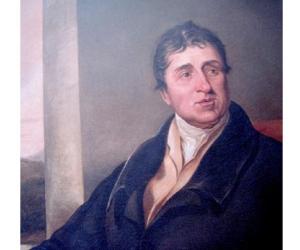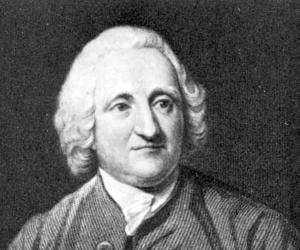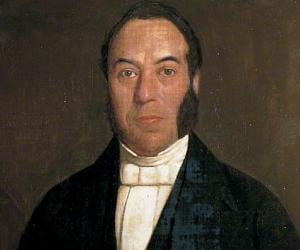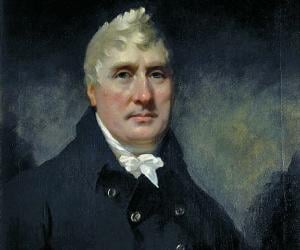George Stephenson was a British mechanical and civil engineer. Stephenson is credited with pioneering rail transport which is widely regarded as one of the most prominent inventions of the 19th century. Regarded as the Father of Railways, George Stephenson is also credited with developing the standard rail gauge which is used by several railways around the world.
Scottish civil engineer Thomas Telford had begun his career as a mason at 14, having lost his father in infancy. A self-taught architect, he was responsible for building many structures, including the Caledonian Canal and the Menai Suspension Bridge. Named The Colossus of Roads, he symbolized the Scottish Enlightenment.
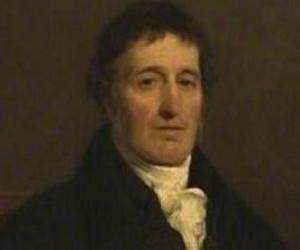
Scottish engineer William Murdoch initially worked for the firm of Matthew Boulton and James Watt. He later made a host of inventions and was the first to use coal gas for illumination. He was also known for his work on steam energy and invented the oscillating engine and the D slide valve.
John Smeaton was the first person to claim to be a civil engineer. One of his best-known creations was the Eddystone Lighthouse. He was also the first to use hydraulic lime in concrete. He not only won the Copley Medal but was also made a Fellow of The Royal Society.
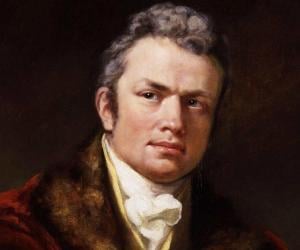
French-British engineer Marc Isambard Brunel is best known for constructing the Thames Tunnel and had been the chief engineer of New York City. He had also spent time in a debtor’s prison for his association with loss-making projects. He was the father of renowned engineer Isambard Kingdom Brunel.
Richard Trevithick was a British mining engineer and inventor. A pioneer of rail transport and steam-powered vehicles, Trevithick is credited with developing the first working railway steam locomotive and the first high-pressure steam engine. He was a highly respected figure in the fields of engineering and mining during the peak of his career.
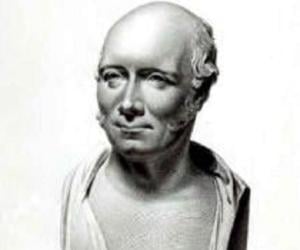
Glasgow-born civil engineer Robert Stevenson initially built lighthouses as part of the Scottish Lighthouse Board. Apart from constructing the Bell Rock Lighthouse in Scotland, he also invented the hydrophore and flashing lights. He was also the grandfather of writer Robert Louis Stevenson. He is part of the Scottish Engineering Hall of Fame.
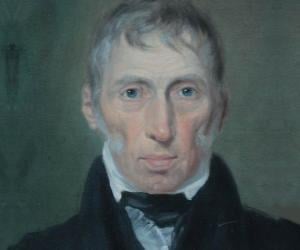
Scottish engineer John Loudon McAdam introduced the world to the macadam road surface, which was more economical and effective than all previous road-construction methods. He suggested that roads should be constructed at an elevated level for better drainage. He also became Britain’s Surveyor-General of Metropolitan Roads.
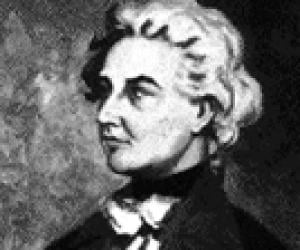
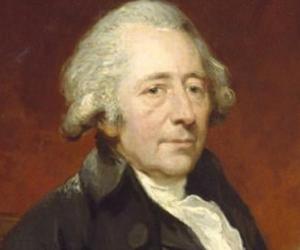
British manufacturer and engineer Matthew Boulton is best remembered as the financier of Scottish engineer James Watt’s pathbreaking steam engine. His Soho Manufactory initially produced metal parts, and he later stepped into John Roebuck’s shoes to partner with Watt, after Roebuck went bankrupt. He also established the Soho Mint.
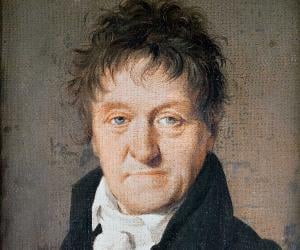
Lazare Carnot was a French physicist, mathematician, and politician. His role in the Napoleonic Wars and French Revolutionary Wars earned him the sobriquet Organizer of Victory. Carnot is credited with developing innovative defensive designs for forts, such as the Carnot wall which served as a defensive mechanism against infantry and artillery attack.

Benjamin Wright was an American civil engineer best remembered for his work as a chief engineer. He is credited with overseeing the design and construction of the Chesapeake and Ohio Canal and the Erie Canal. In 1969, Benjamin Wright was declared the Father of American Civil Engineering by the American Society of Civil Engineers (ASCE).
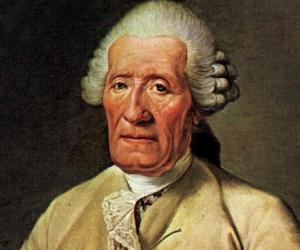
Jacques de Vaucanson was a French artist and inventor. He is credited with creating impressive and innovative automata. De Vaucanson was also the first inventor to design an automatic loom. His ideas for the automation of the weaving process were later perfected by Joseph Marie Jacquard, who created the Jacquard machine.
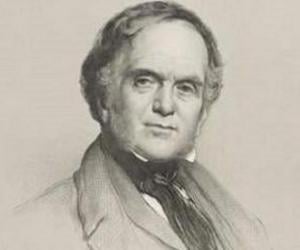
Scottish engineer and political economist William Playfair is best-remembered as the inventor of statistical graphs and secret agent for Great Britain during its war with France. He published the first data graphs in his book The Commercial and Political Atlas. He used line, area and bar charts to represent the economy of 18th Century England and introduced the pie chart.

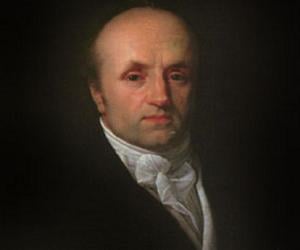
Abraham-Louis Breguet was a French horologist who made several innovations in watchmaking in the course of his illustrious career. Widely regarded as the leading watchmaker of his generation, Breguet's clients included members of the European nobility and leading public figures in France. Counted among the greatest horologists of all time, Abraham-Louis Breguet is credited with founding the popular Breguet company.
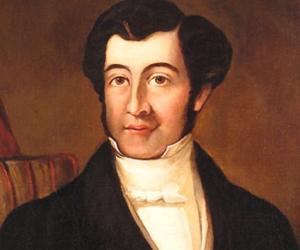
Joseph Bramah started his career as a cabinet maker and over time, revolutionized the lock-making industry with his pick-proof locks. Along with blacksmith Henry Maudslay, he changed the course of 19th-century British manufacturing. Best known for his hydraulic press, he also built water closets in Queen Victoria’s home.
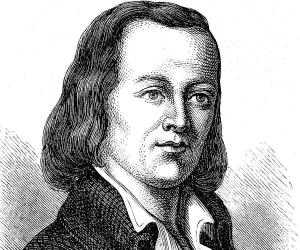
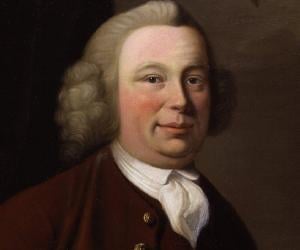
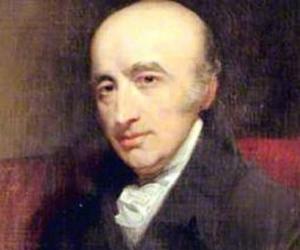
William Hyde Wollaston was a pioneer of powder metallurgy and the first to develop malleable platinum from its ore. He is also credited with the discoveries of palladium and rhodium. A Fellow of the Royal Society, he dictated his last Bakerian lecture, as he was too ill to deliver it.

While he initially apprenticed under a lock maker, he later joined the factory of Sir Marc Isambard Brunel, where he invented scores of machines, the most notable of them being the metal lathe. He also developed plane surfaces to aid his workmen at his factory. He was married to inventor Joseph Bramah's housemaid.
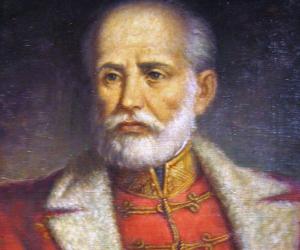
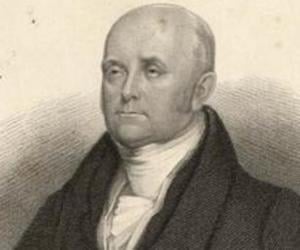
Known as the father of the refrigerator, American inventor, mechanical engineer and physicist Jacob Perkins made several useful mechanical inventions. He created improved nail machines and some of the best steel plates for engraving, invented a bathometer, became the first person in Britain to use a uniflow steam engine, and most notably built the world’s first working vapor-compression refrigeration system.

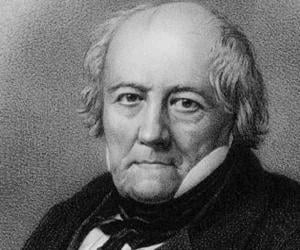
Jean-Baptiste Biot was a French physicist, mathematician, and astronomer. He was a co-discoverer of what became known as the Biot-Savart law of magnetostatics. He is also credited with establishing the reality of meteorites. He made major contributions to the fields of optics and magnetism as well. Cape Biot in eastern Greenland is named in his honor.
John Rennie the Elder was a Scottish civil engineer considered a pioneer in the use of structural cast iron. He designed many bridges, canals, docks, and warehouses. As a young boy, he spent much time in the workshop of Andrew Meikle, a prominent mechanical engineer, and learned from him. He then went on to establish his own engineering practice.
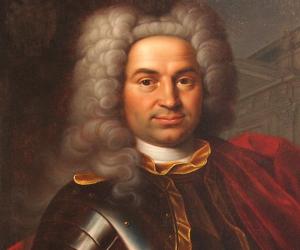
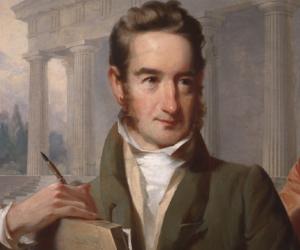
Known for his pioneering written work on railroad construction, engineer and architect William Strickland was also one of the leaders of the 19th-century Greek Revival style of architecture. He designed structures such as the US Mint, contributed to the Pennsylvania Railroad Company, and was also one of the first American lecturers of architecture.

William Roy was a Scottish surveyor, military engineer, and antiquarian. An innovator, Roy was successful in applying newly emerging technologies and new scientific discoveries to the geodetic mapping of Great Britain, which is often called Roy's Map of Scotland. William Roy also played a major role in the establishment of the Ordnance Survey, Great Britain's national mapping agency.
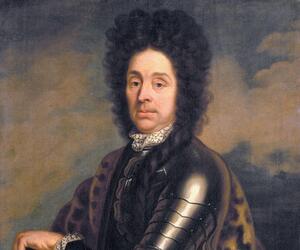
Dutch soldier Menno van Coehoorn served the forces of William III, prince of Orange. Known for his book on siege strategies, he had written the widely translated volume New Fortress Construction in a Flat or Low Terrain. A skilled military engineer, too, he built a number of forts for several Dutch cities.
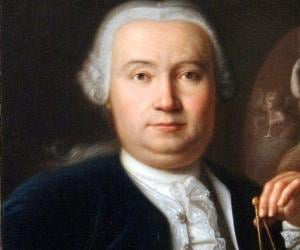

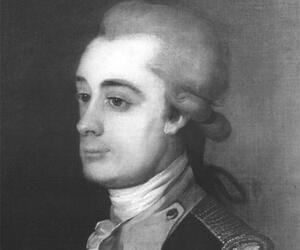
Mechanical engineer and naval architect Samuel Bentham was responsible for Russia’s victory over a Turkish force, using shell guns on warships. He had also visited China to study ship designs and had served as the inspector of English naval works. He was the younger brother of philosopher Jeremy Bentham.
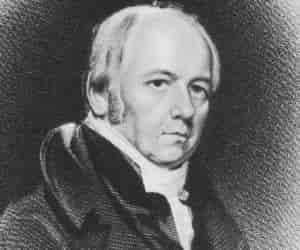
William Nicholson is best remembered for discovering the electrolysis of water, which revolutionized the chemical industry. His inventions also include his own hydrometer and launched the first independent science journal. Inspired by his writer friend Thomas Holcroft, he also penned An Introduction to Natural Philosophy, his best-known written work.
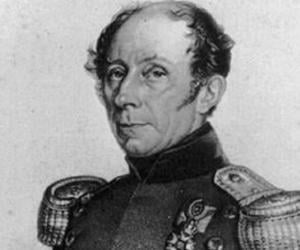
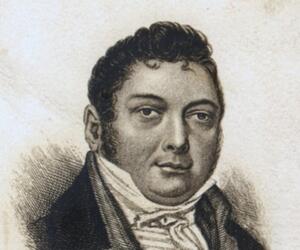
After quitting school at 14, Matthew Murray apprenticed to be a blacksmith or a whitesmith. He then worked for a Leeds-based flax spinner and later established his own factory, developing innovations in the domain of steam engines. His locomotives for collieries were the first to be commercially successful.

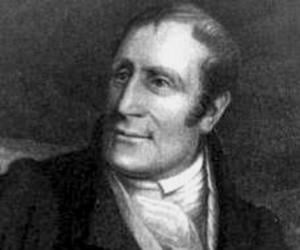
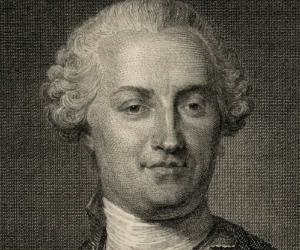
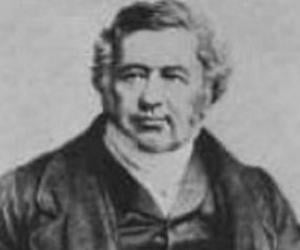
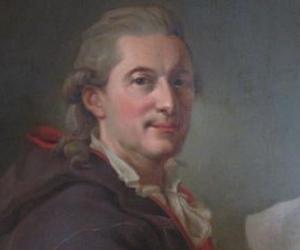
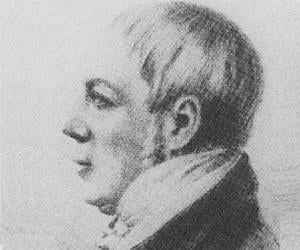

British engineer Arthur Woolf was a pioneer of the compound steam engine. Starting his career as a carpenter, he later worked for Joseph Bramah. While working at a London brewery, he began working with steam power and ended up inventing the Woolf high-pressure compound engine, almost twice efficient as James Watt’s engine.


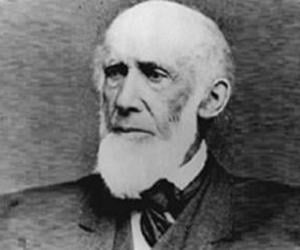
John B. Jervis was an American civil engineer best remembered for his work during the antebellum era. Jervis is credited with designing and overseeing the construction of five of the country's earliest railroads. Apart from designing America's first locomotive, Jervis also contributed as the chief engineer of three important canal projects.
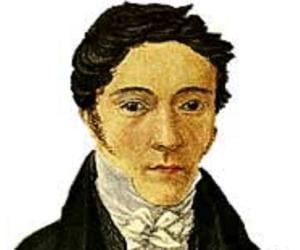

Born to a blacksmith, David Wilkinson grew up to be a skilled machine parts manufacturer. A mechanical engineer, he built a lathe for turning iron and brass, which helped the U.S. government manufacture firearms. He is also said to have built the first steamboat in the U.S.
